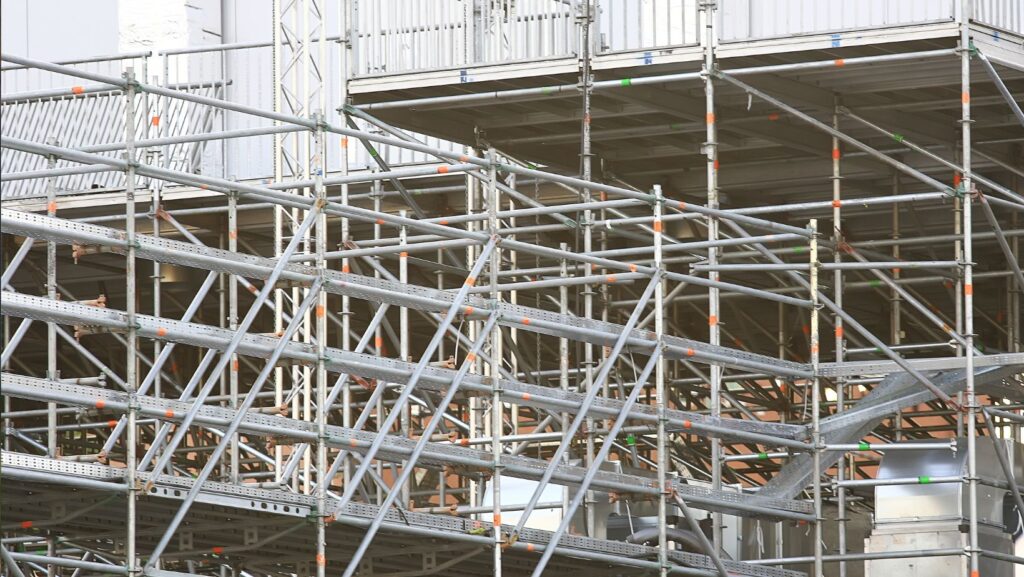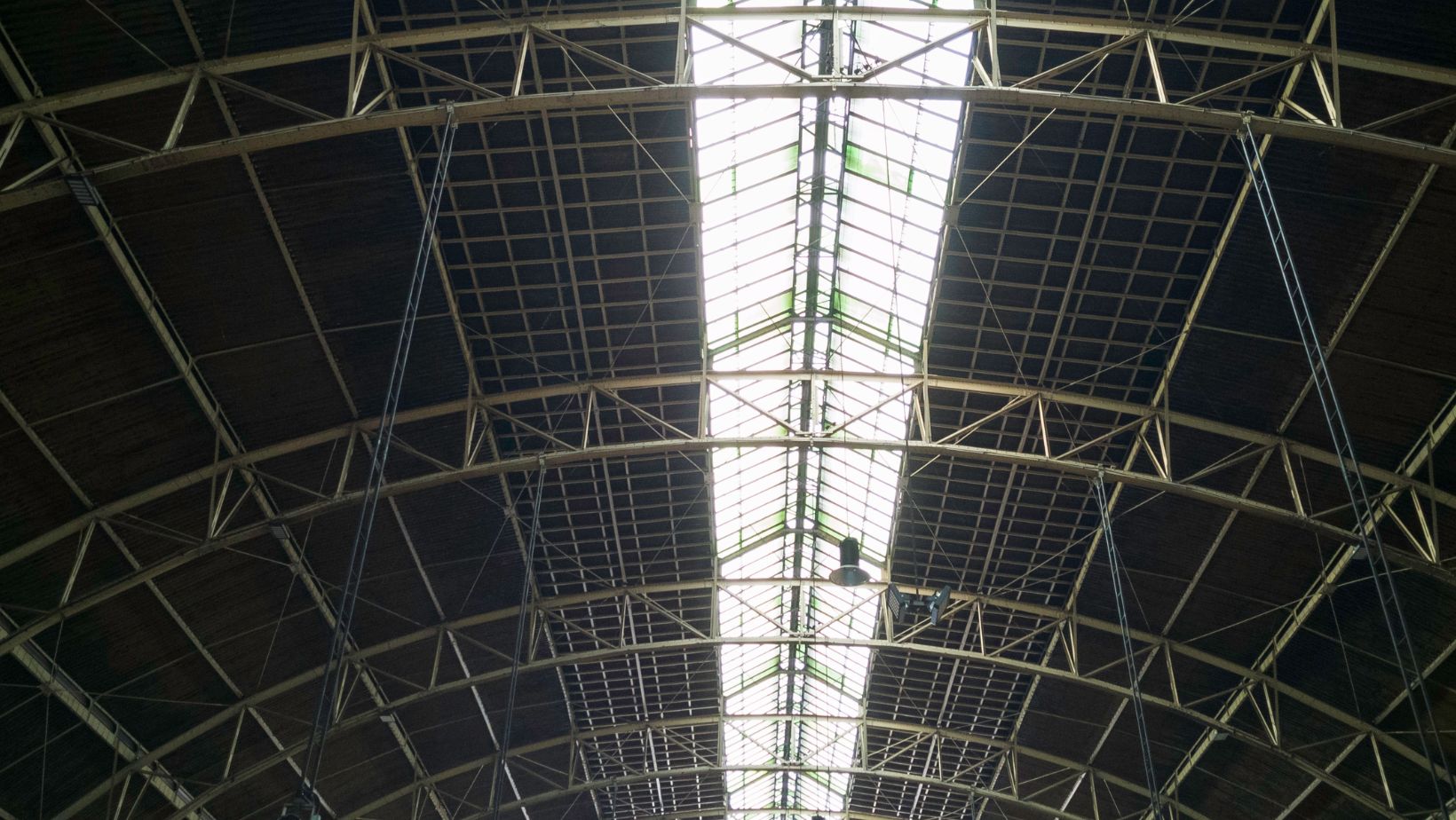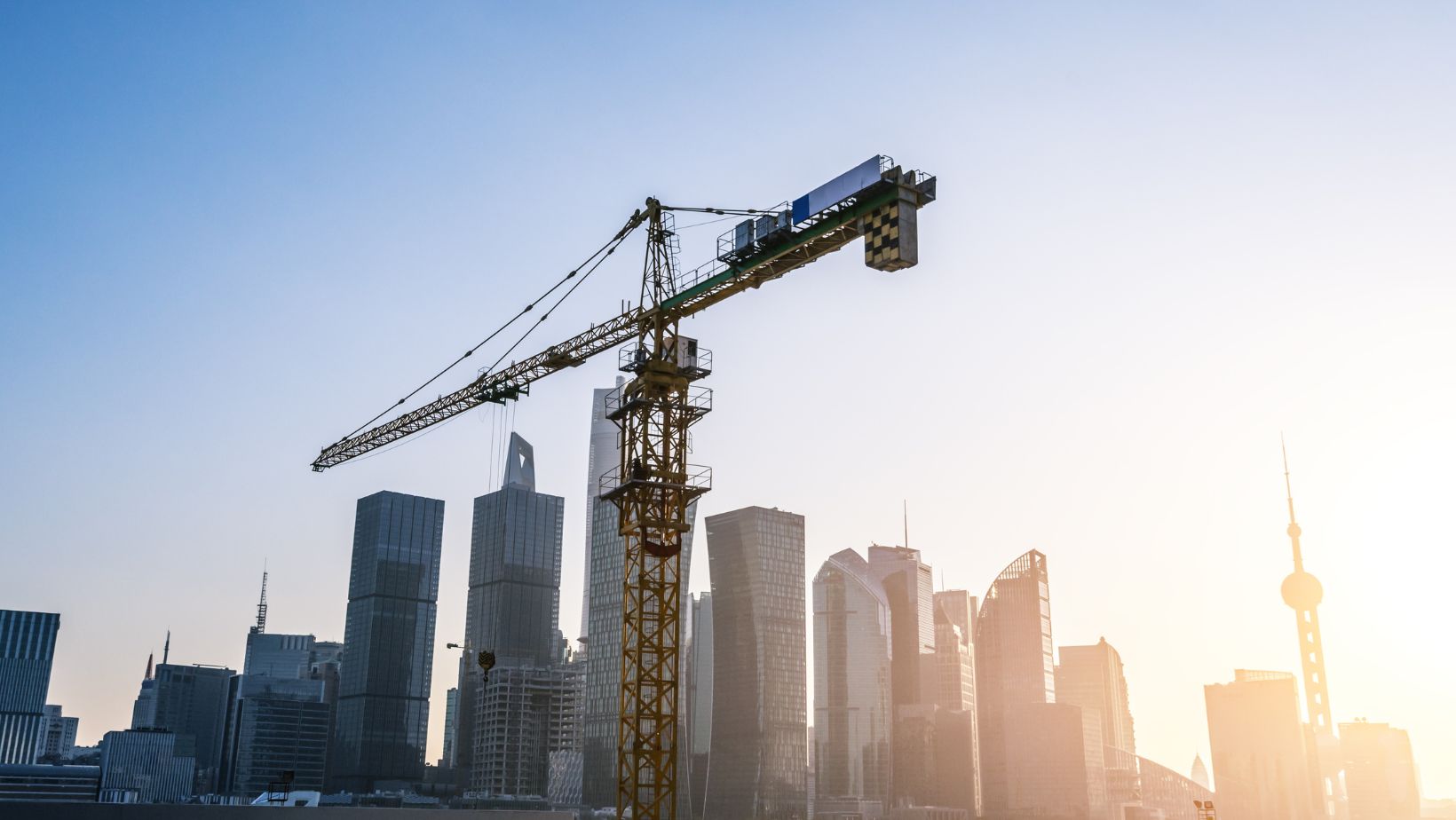
Every element plays a crucial role in ensuring a structure’s stability, durability, and overall integrity in construction. Purlins are silent yet indispensable components supporting roofing systems. Often overlooked, understanding the importance of this element sheds light on their pivotal role in construction projects.
Understanding This Element:
These horizontal structures support the load from the roof deck or sheathing. They run perpendicular to the rafters or trusses and are typically placed at regular intervals across the roof’s span. Made from various materials, including wood, steel, or aluminum, they come in different shapes and sizes to accommodate diverse construction needs.
The Backbone of Roofing Systems:
One of these primary functions is to support the roof covering, whether it’s metal panels, shingles, or other materials. Distributing the roof’s weight evenly across the structure helps prevent sagging, bowing, or potential collapse, especially in areas prone to heavy snow loads or strong winds.
Enhancing Structural Integrity:
Beyond their role in supporting the roof, they also contribute to the overall structural integrity of the building. Acting as intermediate beams between the main structural elements, such as rafters or trusses, they help reduce the span and deflection of these primary members, thus minimizing the risk of structural failure.
Flexibility in Design:
One of the fundamental advantages of incorporating it in construction is its flexibility in design.

Whether it’s a traditional pitched roof, a curved structure, or even a flat roof system,it can be tailored to meet the project’s specific requirements. This versatility lets architects and engineers explore creative designs while ensuring structural stability.
Efficiency in Construction:
Prefabricated purlin systems offer structural benefits and contribute to the efficiency of the construction process. Their lightweight nature and ease of installation make them ideal for new construction projects and renovations. Moreover, they streamline the assembly process, reducing labor costs and construction time.
Ensuring Longevity and Durability:
Investing in quality is essential for ensuring the longevity and durability of the roofing system. Whether it’s exposure to harsh weather conditions, environmental factors, or structural loads, durable structural elements like these are designed to resist the test of time, minimizing the need for frequent repairs or replacements.
Adaptable to Various Roofing Materials:
These are versatile in design and adaptable to various types of roofing materials. Whether metal, wood, concrete, or composite materials, it can accommodate the specific requirements of different roofing systems. This adaptability ensures compatibility with various construction projects, from residential homes to commercial buildings, agricultural structures, and industrial facilities.
Resilience in Adverse Conditions:
In regions prone to extreme weather conditions like high winds, heavy snow loads, or seismic activity, the resilience of these structural elements becomes exceptionally crucial. Engineered to withstand environmental stresses and structural loads, high-quality ones provide added peace of mind to property owners and occupants, ensuring the safety and stability of the building even in adverse conditions.
In the intricate tapestry of construction, purlins emerge as unsung heroes, providing essential support and structural integrity to roofing systems. Their significance cannot be overstated, from distributing loads to enhancing design flexibility. By understanding the importance of these structural elements, construction professionals can make informed choices to ensure their projects’ stability, durability, and longevity, laying a solid foundation for success.











